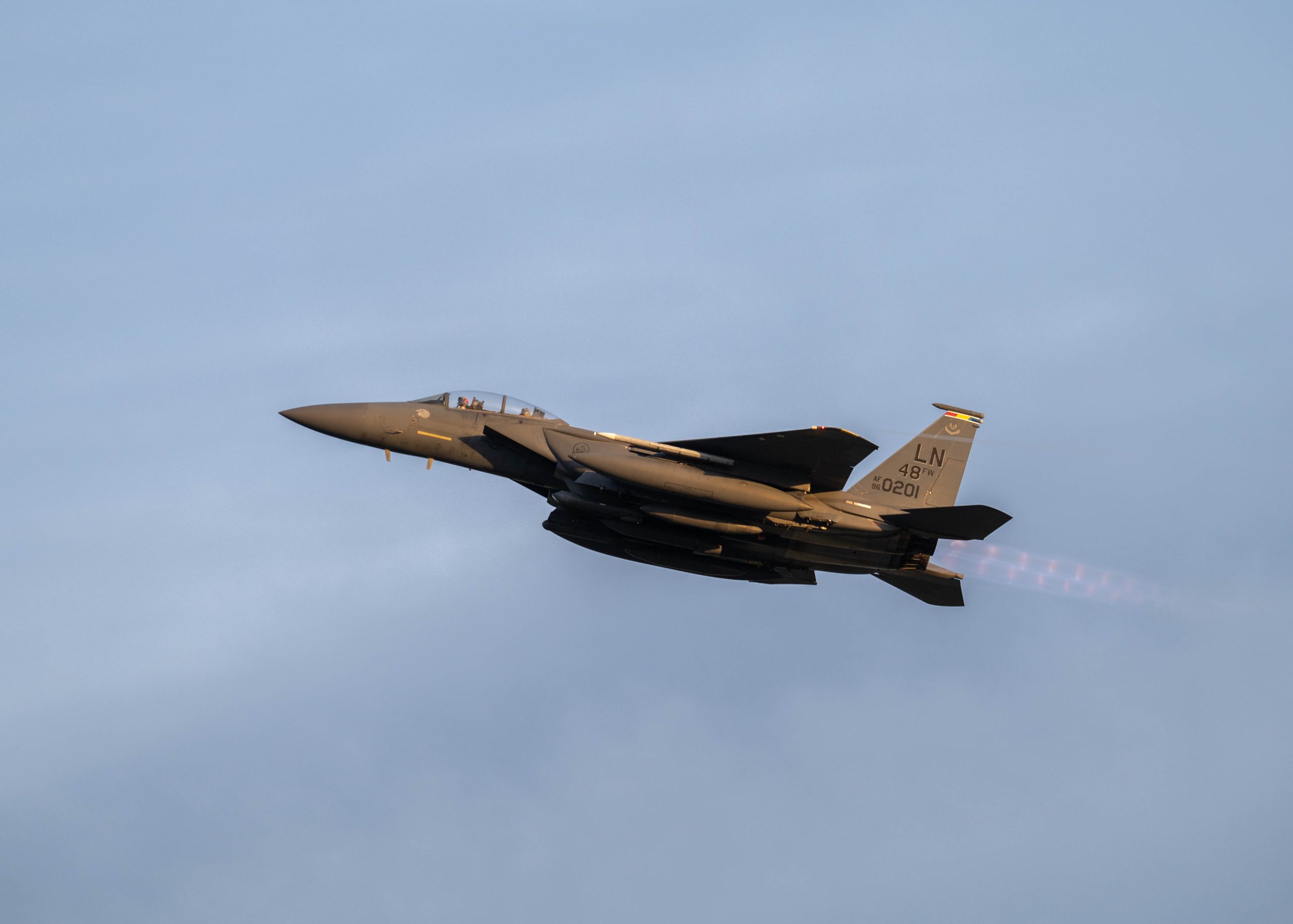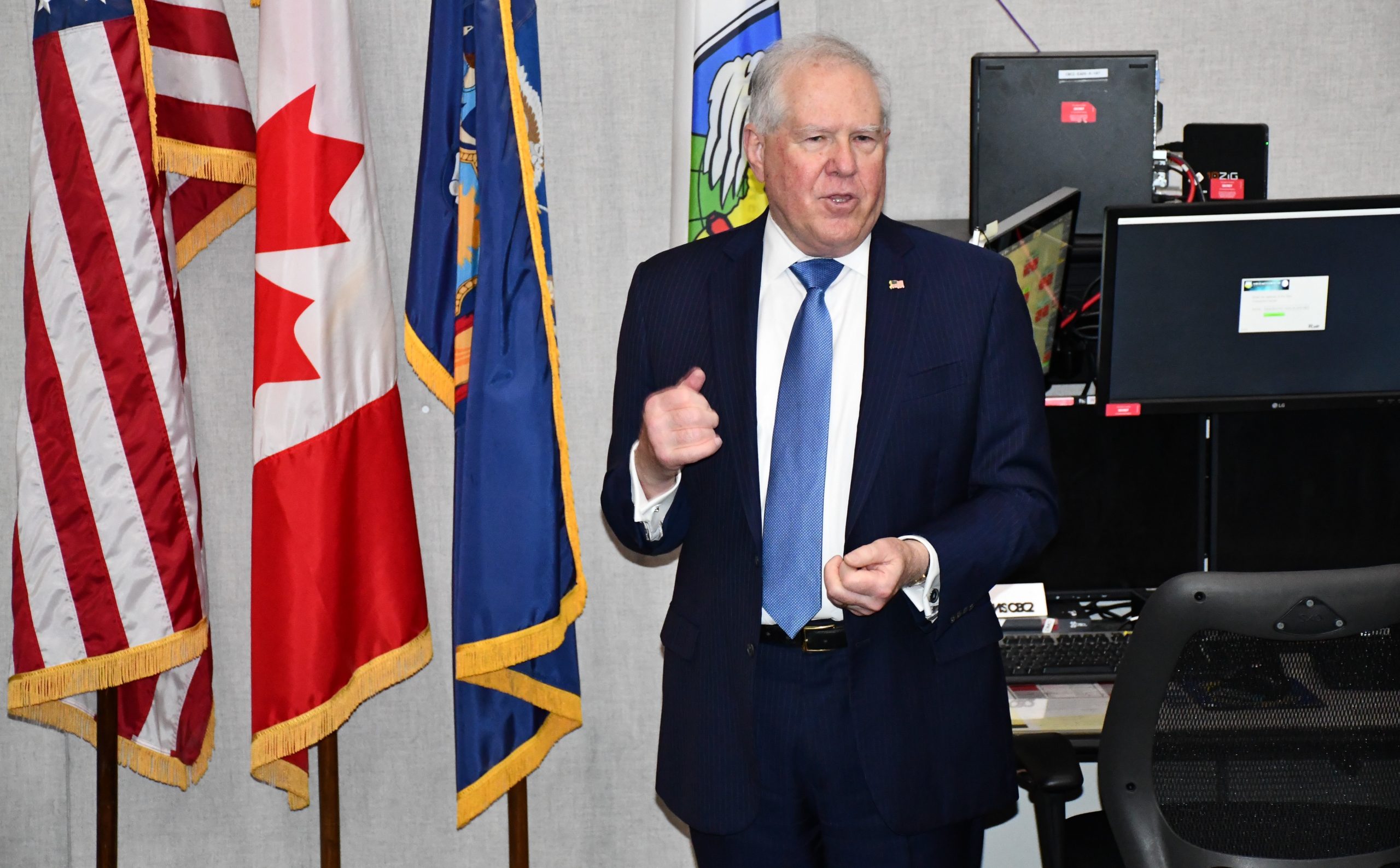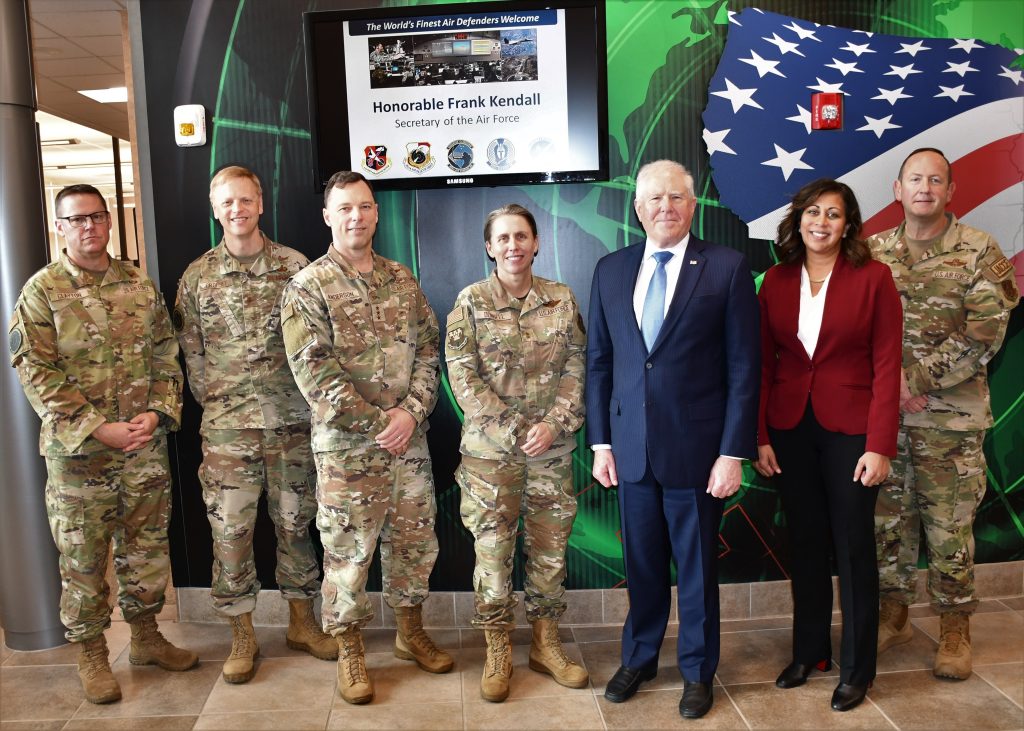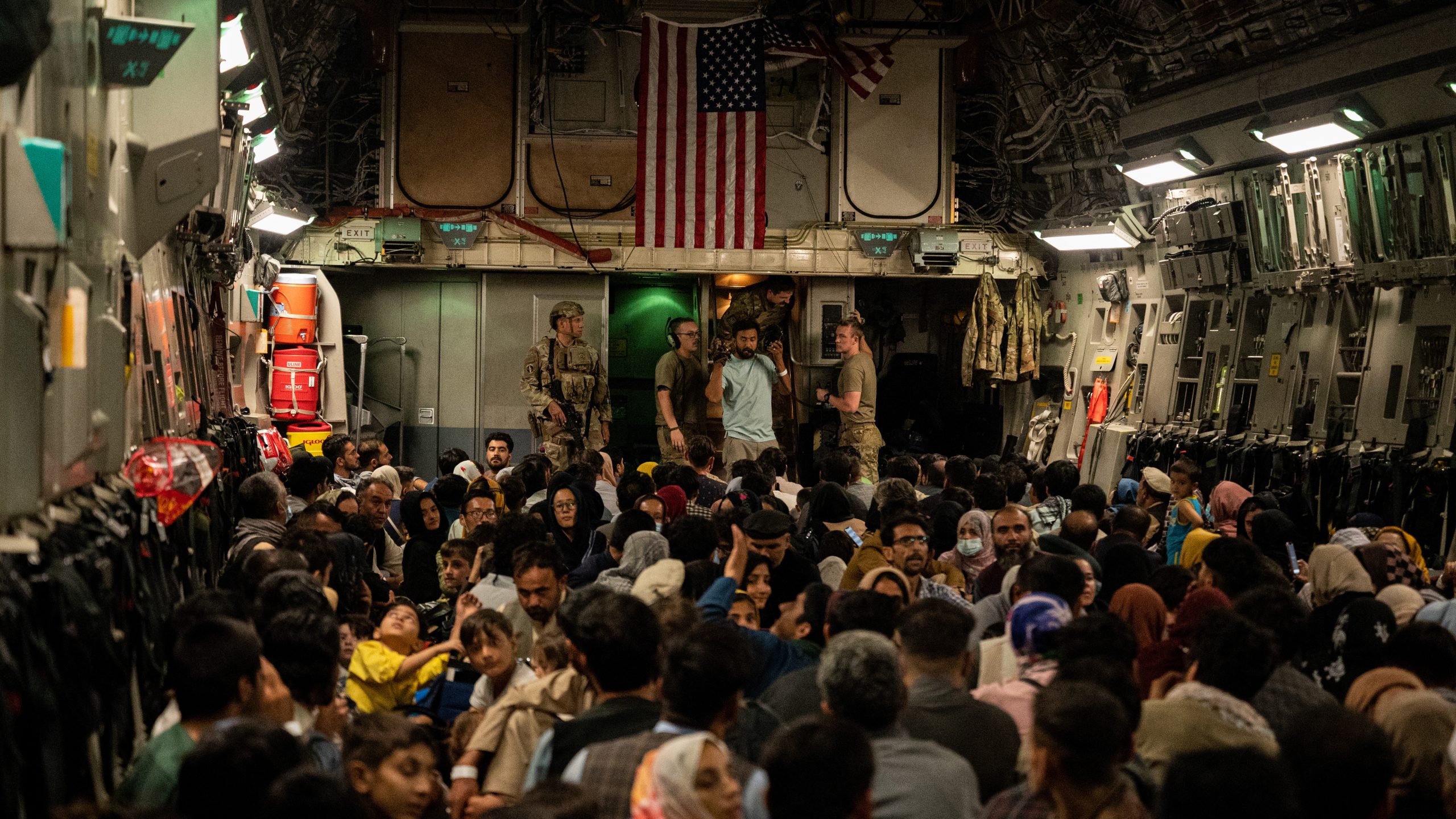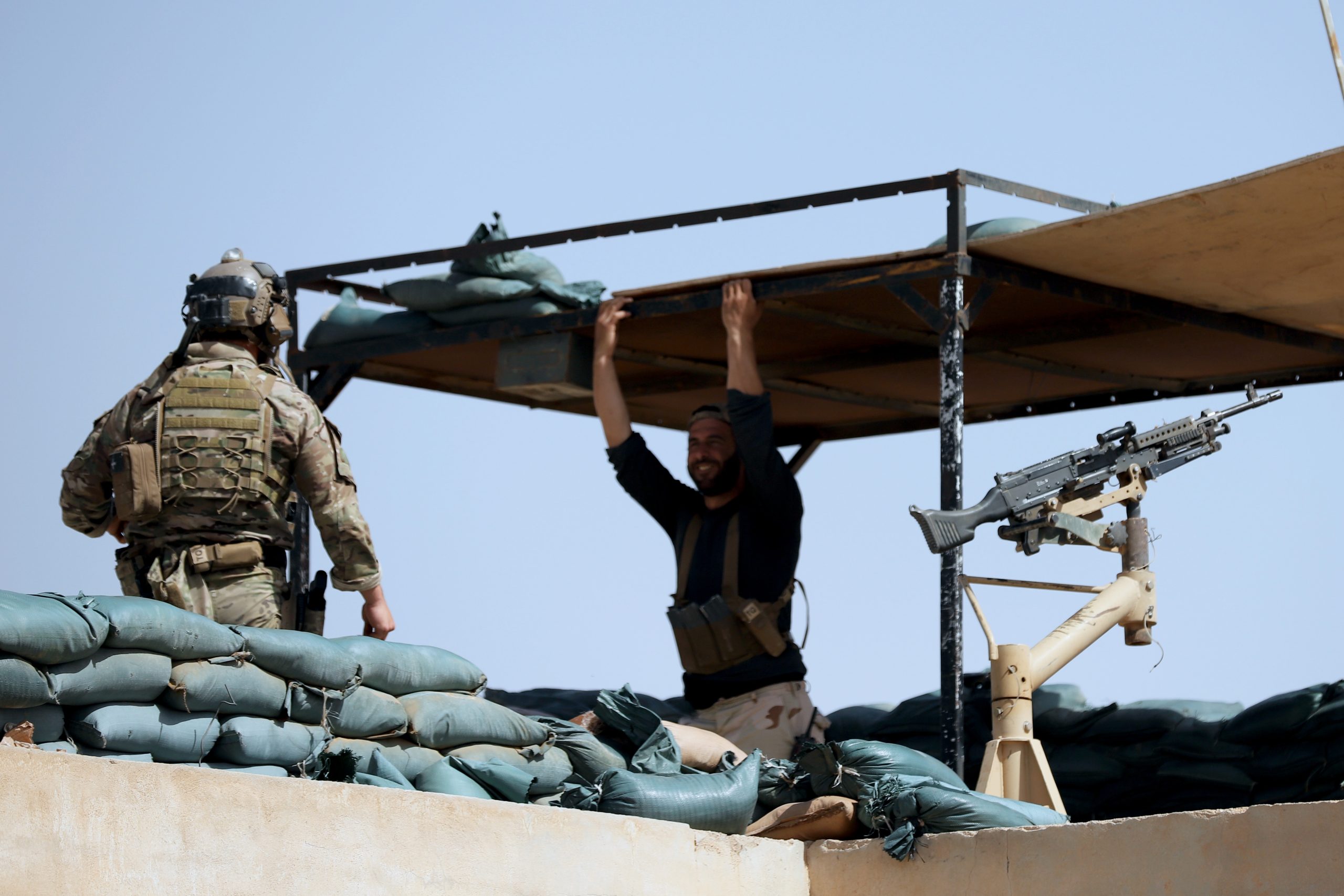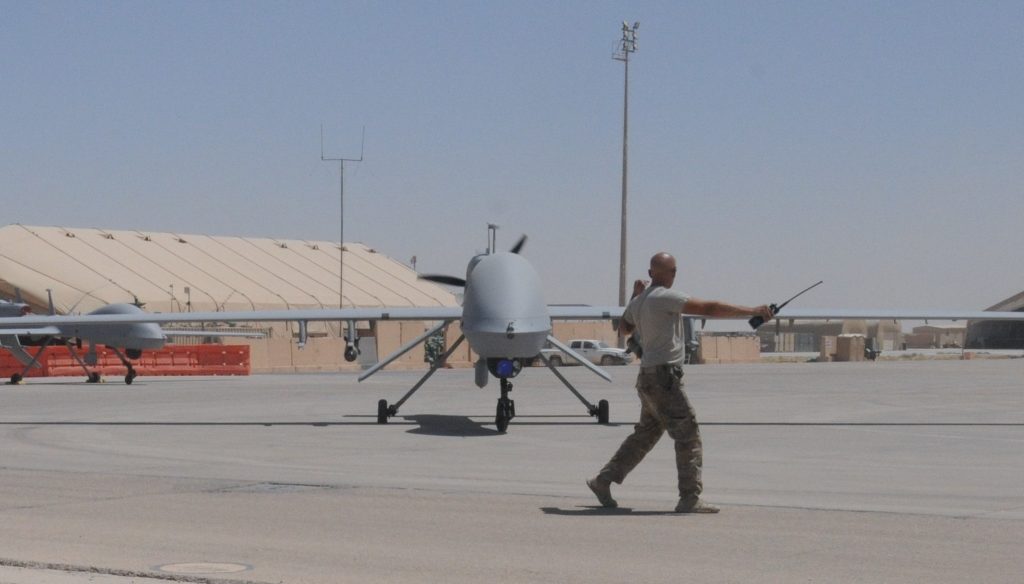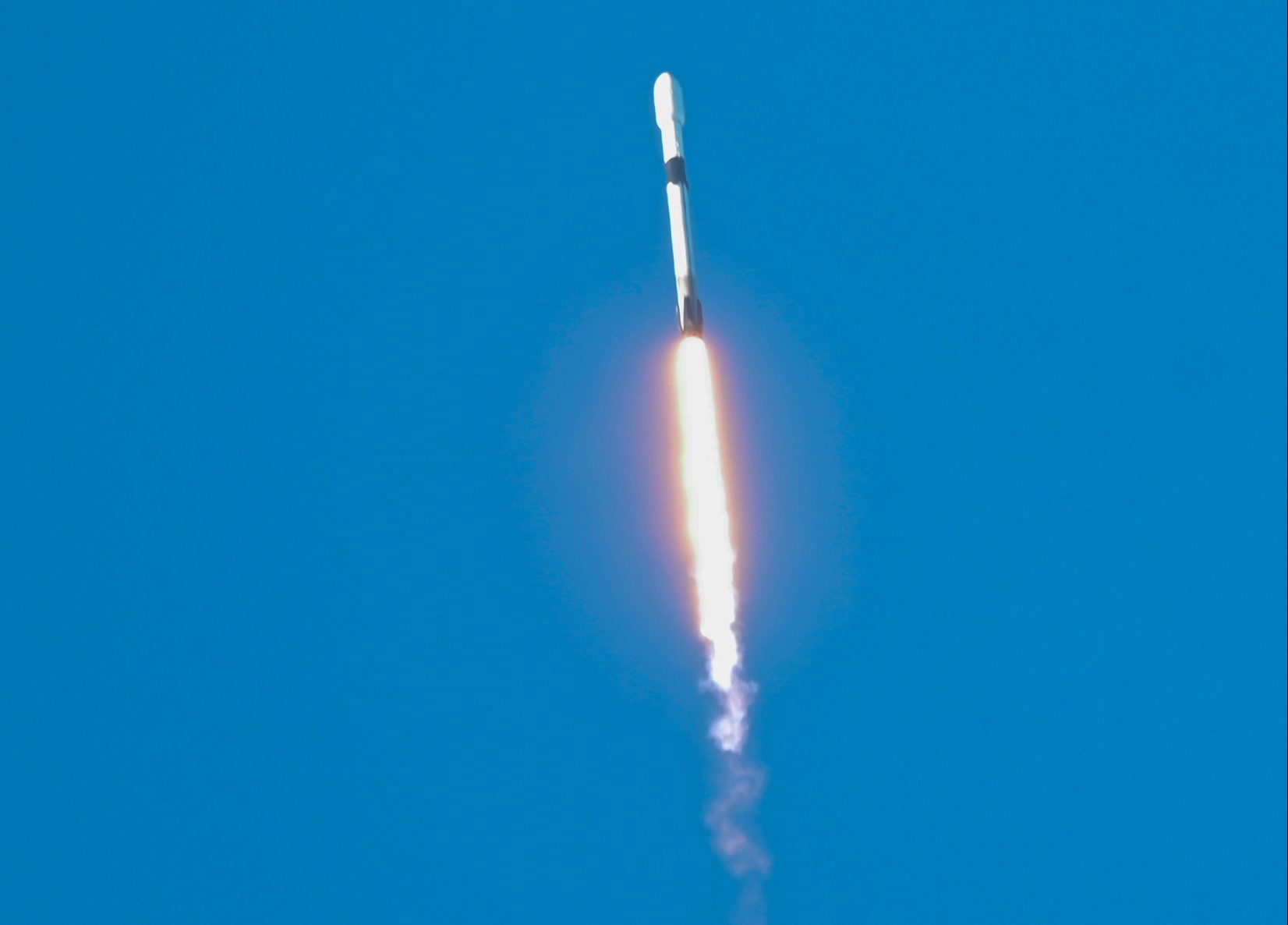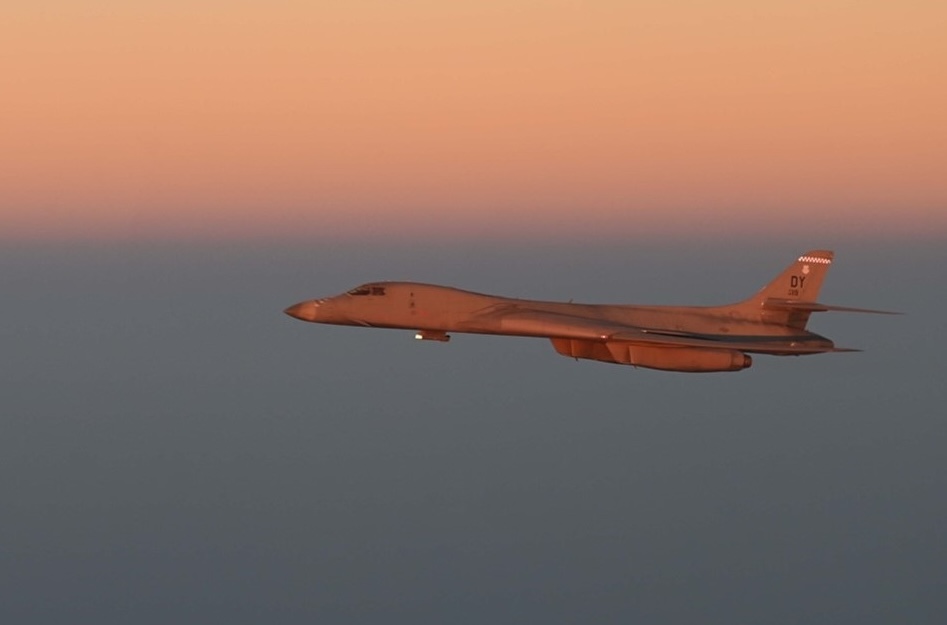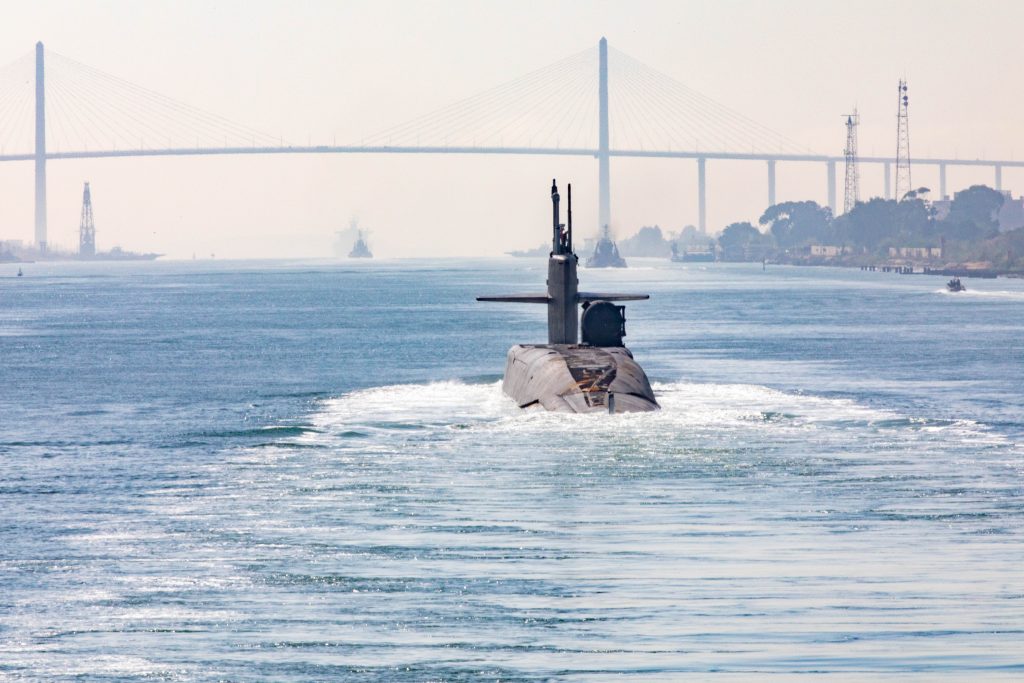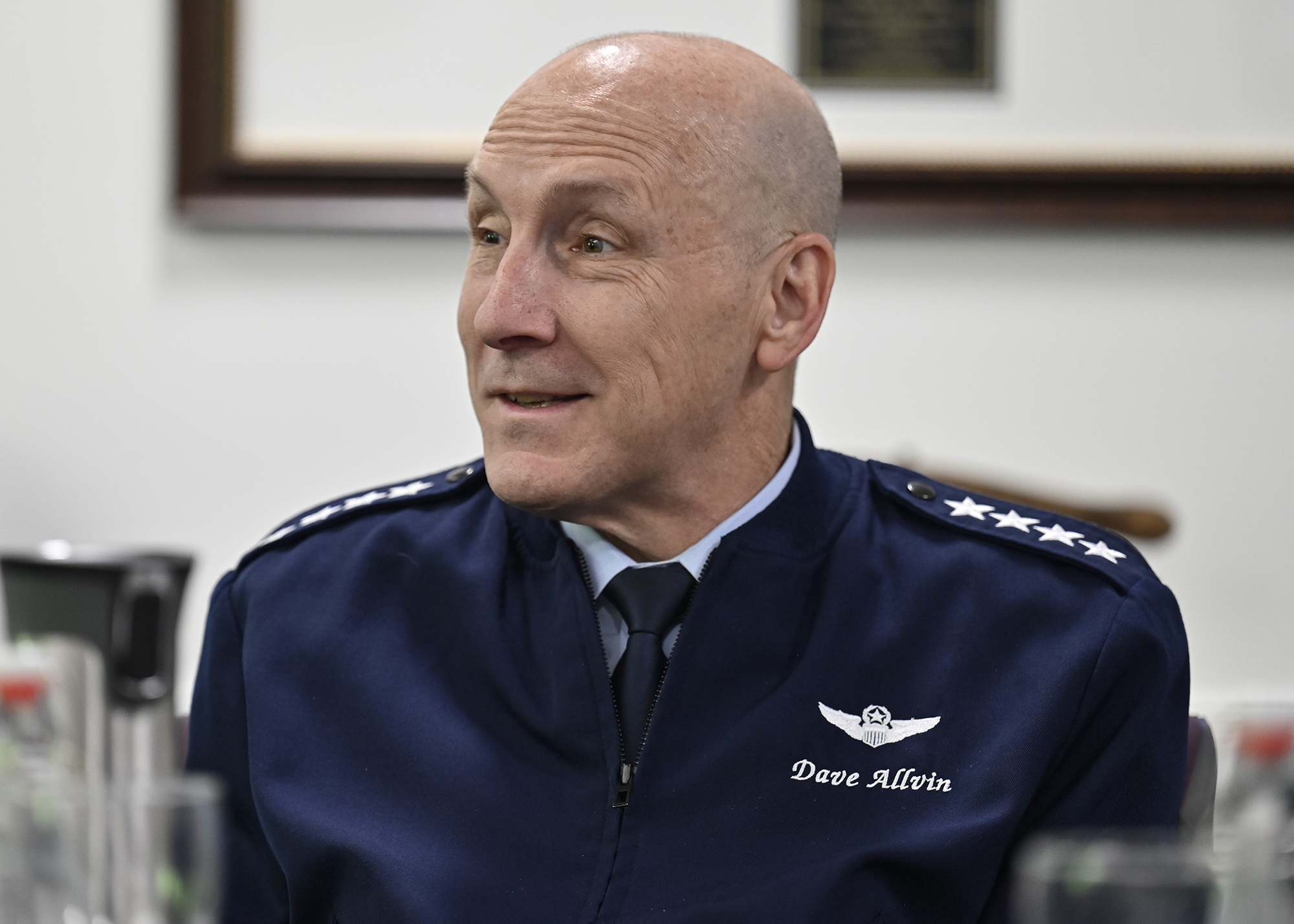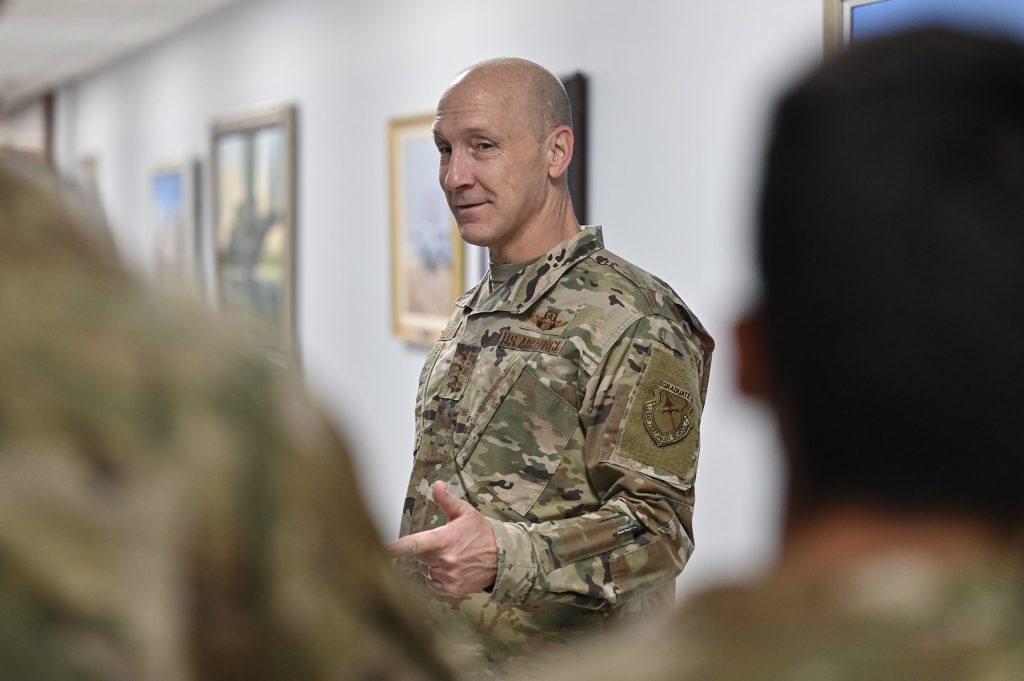Two U.S. Air Force F-15E Strike Eagles conducted an airstrike in eastern Syria in response to escalating attacks against U.S. forces by Iranian-backed groups, the Defense Department said Nov. 8.
The target was a weapons storage facility used by Iran’s Islamic Revolutionary Guard Corps (IRGC) and affiliated groups, the Pentagon said.
The location housed “weapons that we believe are likely used in many of the strikes that have taken place against our forces,” a senior military official told reporters Nov. 8.
The strike was ordered by President Joe Biden and follows at least 40 attacks on U.S. troops in Iraq and Syria by Iranian-backed militias since Oct. 17. It marks the second use of force against Iran and its proxies in Syria in the past two weeks. The previous airstrikes were on Oct. 26.
“The United States is fully prepared to take further necessary measures to protect our people and our facilities,” Secretary of Defense Lloyd J. Austin III said in a statement. “We urge against any escalation.”
But the militia attacks show no sign of abating, prompting some former officials to say that the Pentagon may need to take more forceful action. Current officials say the latest airstrike was “necessary and proportionate.”
“We hold Iran accountable for these attacks, not just the militia groups,” a senior defense official told reporters. “The message is to Iranian senior leaders: ‘We want you to direct your proxies in militia groups to stop attacking us.'”
The nighttime strike was intended to limit casualties, unlike the milita attacks against the U.S. that are attempting to kill American troops, the senior military official said. The official added that the U.S. had yet to fully assess whether there were any casualties.
President Biden’s first use of force was in February 2021 when he ordered an airstrike against an Iranian-backed militia in Syria. That action came in response to a rocket attack against U.S. forces in Erbil, Iraq, earlier that month. In this and a subsequent military response in March 2023, the White House has stayed clear of striking targets in Iraq for fear of inflaming the political situation in the country where the U.S. is operating at the invitation of the Iraqi government.
U.S. troops are in Iraq and Syria to advise and mentor local partners who are working to prevent a resurgence of the Islamic State group. Some 2,500 U.S. troops are in Iraq working with Iraqi forces, while 900 troops are in Syria.
The most recent U.S. airstrike occurred the same day a U.S. military drone was shot down by the Iranian-backed Houthis, the DOD said Nov. 8. The MQ-9 Reaper was lost off the coast of Yemen over the Red Sea, U.S. officials said.
The MQ-9 belonged to the U.S. Air Force, a senior military official told Air & Space Forces Magazine. It is the third Reaper shot down while operating over or near Yemen since 2017. But it is the first drone shot down since Hamas’s Oct. 7 attack on Israel and the Israeli military’s intervention in Gaza inflamed tensions in the Middle East.
“We are concerned about all elements of Iran’s threat network increasing their attacks in a way that risks miscalculation or tipping the region into war,” the senior U.S. defense official told reporters Oct. 30.
The Houthis have become an increasingly worrisome part of that network.
On Oct. 19, the Houthis launched five land-attack cruise missiles toward Israel. The USS Carney, a guided missile destroyer that was operating in the northern Red Sea, shot down four of the cruise missiles. The fifth cruise missile was intercepted by Saudi Arabia as it was defending the Kingdom’s airspace.
On Oct. 31, the Houthis fired a ballistic missile and two cruise missiles toward Israel. Israel’s Arrow air defense system intercepted the ballistic missile while the cruise missiles were shot down by air-to-air missiles fired by Israeli F-35s.
The Houthis did not try to deflect responsibility for their action. They claimed the drone was carrying out “hostile, monitoring, and spying activities in the airspace of Yemeni territorial waters,” a spokesman from the group said. The group also posted a purported video of the engagement.
“There should be no question or doubt that President Biden if he deems it necessary will direct additional strikes to defend U.S. forces and interests,” the senior defense official said.
